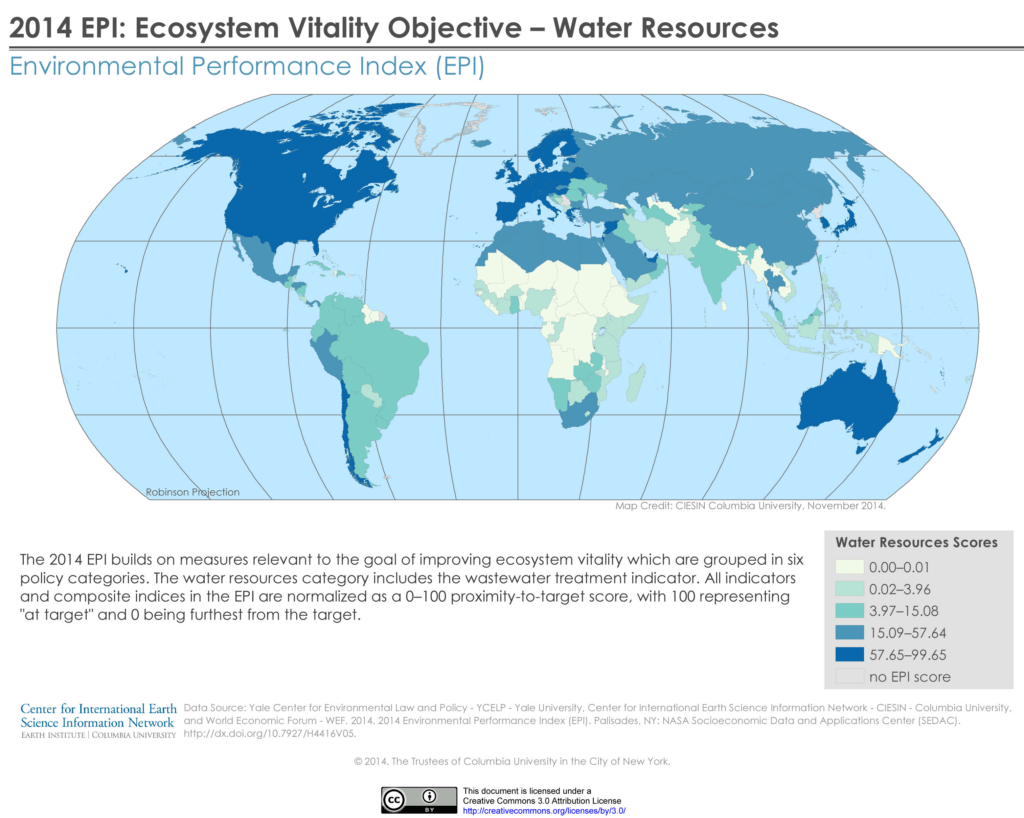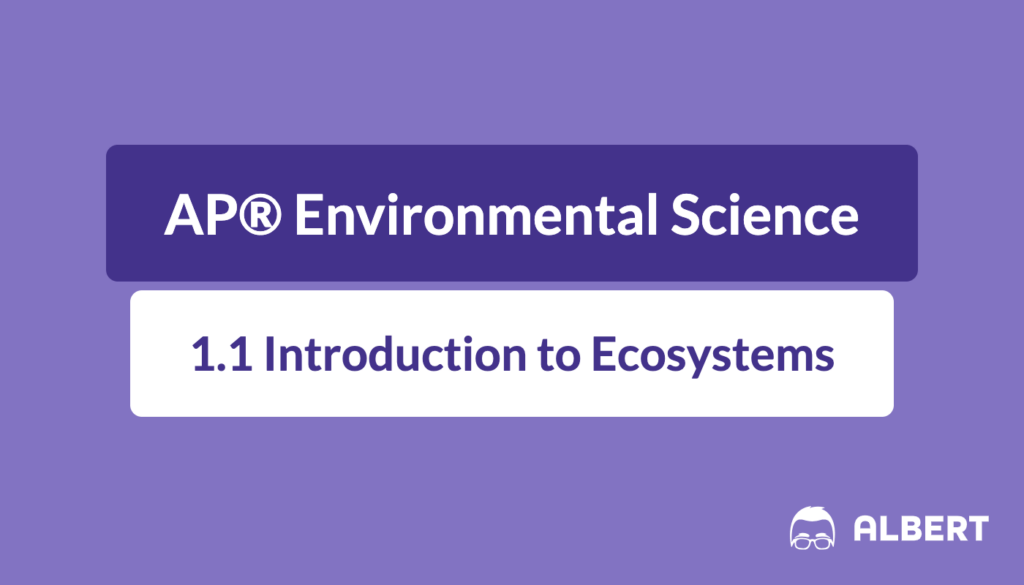Introduction
Ecosystems are dynamic systems where living organisms interact with each other and their environment. Understanding how resources influence species interactions is a critical concept in AP® Environmental Science. From predator-prey relationships to symbiosis and competition, ecosystems demonstrate the delicate balance that sustains life on Earth.
This guide will help you master key concepts and examples related to species interactions, aligned with AP® Environmental Science standards.
The Role of Resources in Species Interactions
The availability of resources such as food, water, shelter, and space shapes every aspect of how organisms interact within an ecosystem. Resources act as the foundation upon which all species interactions are built. When resources are abundant, ecosystems often experience growth and stability. Populations thrive as they meet their basic needs, allowing for energy transfer, reproduction, and the maintenance of biodiversity. For example, fish populations may grow in a nutrient-rich aquatic ecosystem, supporting predators like birds and larger aquatic mammals.
However, when resources become scarce, the balance of these interactions can shift dramatically. Limited resources lead to increased competition, driving species to develop survival adaptations. These adaptations may include physical changes, such as developing longer roots in plants to access deeper water sources, or behavioral changes, like nocturnal feeding habits, to avoid direct competition with other species.
Scarcity can also alter the types of interactions within the ecosystem. When their preferred prey becomes scarce, predators may expand their diets to include alternative prey species, potentially disrupting other species’ populations. Meanwhile, prey species may evolve strategies such as camouflage, mimicry, or defensive behaviors to reduce predation risks.

How Predators Shape Ecosystems
Predators play a critical role as regulators of prey populations. By keeping prey populations in check, predators prevent overgrazing or overconsumption of resources, which could otherwise lead to ecosystem degradation. For instance:
- Wolves and Deer: Wolves hunting deer helps control deer populations, which prevents overgrazing of vegetation and supports forest regeneration. Healthy plant communities, in turn, provide habitat and resources for other species, promoting biodiversity.
Predators can also influence prey behavior beyond direct consumption. This is known as the “ecology of fear.” Prey species often modify their activity patterns, habitat use, and foraging behavior to reduce predation risk. For example, deer may avoid open areas or high-risk feeding spots, allowing vegetation to recover.
What is Symbiosis?
Symbiosis refers to close, long-term interactions between two species in an ecosystem. These relationships are often vital for survival and reproduction and can take various forms—beneficial, neutral, or harmful—depending on the nature of the interaction. Symbiosis demonstrates how species adapt to coexist in resource-dependent environments, showcasing the interconnectedness of life in ecosystems.
Mutualism in Ecosystems
In mutualism, both species benefit from the interaction. These relationships often evolve over time, with each species developing specialized traits that enhance their partnership. For example:
- Bees and Flowers: Bees collect nectar from flowers as a food source. In the process, they transfer pollen from one flower to another, facilitating plant reproduction. Both the bee and the plant benefit—one gets food, and the other ensures its genetic continuation.
- Clownfish and Sea Anemones: Clownfish live among the tentacles of sea anemones, which provide protection from predators. In return, clownfish help keep the anemone clean by eating debris and deterring anemone predators.
- Mycorrhizal Fungi and Plants: Fungi that attach to plant roots help the plant absorb water and nutrients like phosphorus from the soil. In exchange, the plant provides the fungi with carbohydrates produced during photosynthesis.
Mutualism underscores how cooperation can enhance survival and resource use in ecosystems.
Commensalism: Benefiting Without Harm
In commensalism, one species benefits while the other is unaffected. These relationships are often subtle and may not involve direct physical contact. Examples include:
- Barnacles and Whales: Barnacles attach to the skin of whales, gaining mobility to access nutrient-rich waters. The whale is not harmed or helped by their presence.
- Epiphytic Plants: Orchids or bromeliads growing on tree branches benefit from better sunlight exposure without harming the tree.
- Cattle Egrets and Livestock: Egrets often follow livestock, feeding on insects stirred up as the animals move through the grass. The livestock remains unaffected by the egrets’ presence.
Commensalism highlights how species can share environments without direct competition or conflict.
Parasitism: A Costly Relationship
In commensalism, one species benefits while the other is unaffected. These relationships are often subtle and may not involve direct physical contact. Examples include:
- Barnacles and Whales: Barnacles attach to the skin of whales, gaining mobility to access nutrient-rich waters. The whale is not harmed or helped by their presence.
- Epiphytic Plants: Orchids or bromeliads growing on tree branches benefit from better sunlight exposure without harming the tree.
- Cattle Egrets and Livestock: Egrets often follow livestock, feeding on insects stirred up as the animals move through the grass. The livestock remains unaffected by the egrets’ presence.
Commensalism highlights how species can share environments without direct competition or conflict.
Parasitism: A Costly Relationship
Parasitism occurs when one species benefits at the expense of another. Parasites often exploit their hosts for nutrients or shelter, sometimes causing harm or even death to the host. Examples include:
- Tapeworms and Animals: Tapeworms attach to the intestines of animals, absorbing nutrients meant for the host, leading to malnutrition and other health issues.
- Mistletoe and Trees: Mistletoe plants grow on trees, extracting water and nutrients from their host, weakening the tree over time.
- Mosquitoes and Humans: While not a long-term interaction, mosquitoes feeding on human blood transfer diseases like malaria and dengue, posing serious health risks.
Parasitism emphasizes the complex challenges species face when coexisting in resource-limited environments.
The Role of Symbiosis in Ecosystems
Symbiotic relationships are crucial for ecosystem health and stability. These interactions:
- Enhance Biodiversity: Mutualistic relationships often create niches, allowing more species to thrive.
- Drive Evolution: Symbiotic species may evolve traits that make their interactions more efficient.
- Influence Ecosystem Dynamics: Symbiotic partnerships, like those between plants and pollinators, ensure the flow of energy and resources through food webs.
Human activities can sometimes disrupt symbiotic relationships, threatening ecosystem balance. For example, habitat destruction may sever mutualistic ties between species, like bees and flowering plants, leading to cascading effects on biodiversity and food production.
Competition: The Fight for Limited Resources
Competition can be categorized based on whether it occurs within a single species or between different species.
- Intraspecific Competition: This type of competition occurs among individuals of the same species. It is particularly intense because members of the same species have identical resource requirements. For example:
- Intraspecific competition often drives natural selection, favoring traits that improve an individual’s ability to secure resources or reproduce.
- Interspecific Competition: This occurs between different species that share overlapping resource needs.
- Interspecific competition can influence community structure, determining which species dominate certain habitats
The Ecological Impact of Competition
Competition plays a crucial role in shaping ecosystems. Its effects include:
- Driving Adaptations: Over time, competition pressures species to develop physical, behavioral, or physiological traits that enhance their ability to secure resources. For example, cacti in arid environments have evolved to store water efficiently, outcompeting less-adapted plants.
- Influencing Population Sizes: When competition is intense, populations may decline or stabilize at levels sustainable for the available resources.
Determining Species Distribution: Species may shift their geographic ranges or niches to avoid competition. For instance, invasive species often outcompete native species, altering local ecosystems.
Conclusion
Species interactions—ranging from competition and predation to various forms of symbiosis—are fundamental to the structure and function of ecosystems. The availability of resources drives these interactions, influencing species’ behaviors, adaptations, and population dynamics. These ecological relationships not only regulate biodiversity and ecosystem balance but also demonstrate how interconnected and responsive ecosystems are to environmental change. Understanding these dynamics is key to mastering AP® Environmental Science and addressing real-world environmental challenges.
Key Vocabulary
- Symbiosis – A close and long-term interaction between two different species, which can be mutualistic, commensal, or parasitic.
- Mutualism – A symbiotic relationship where both species benefit.
- Commensalism – A symbiotic relationship where one species benefits and the other is unaffected.
- Parasitism – A relationship where one organism benefits at the expense of the other, often harming the host.
- Adaptation – A physical or behavioral trait that improves an organism’s chances of survival and reproduction in its environment.
- Biodiversity – The variety of life in all its forms, levels, and combinations, including ecosystem, species, and genetic diversity.
- Niche – The role and position a species has in its environment, including how it meets its needs for food and shelter.
Sharpen Your Skills for AP® Environmental Science
Are you preparing for the AP® Environmental Science test? We’ve got you covered! Try our review articles designed to help you confidently tackle real-world AP® Environmental Science problems. You’ll find everything you need to succeed, from quick tips to detailed strategies. Start exploring now!
- AP® Environmental Science: 1.2 Review
- AP® Environmental Science: 1.3 Review
- AP® Environmental Science: 1.4 Review
Need help preparing for your AP® Environmental Science exam?
Albert has hundreds of AP® Environmental Science practice questions, free response, and full-length practice tests to try out.








